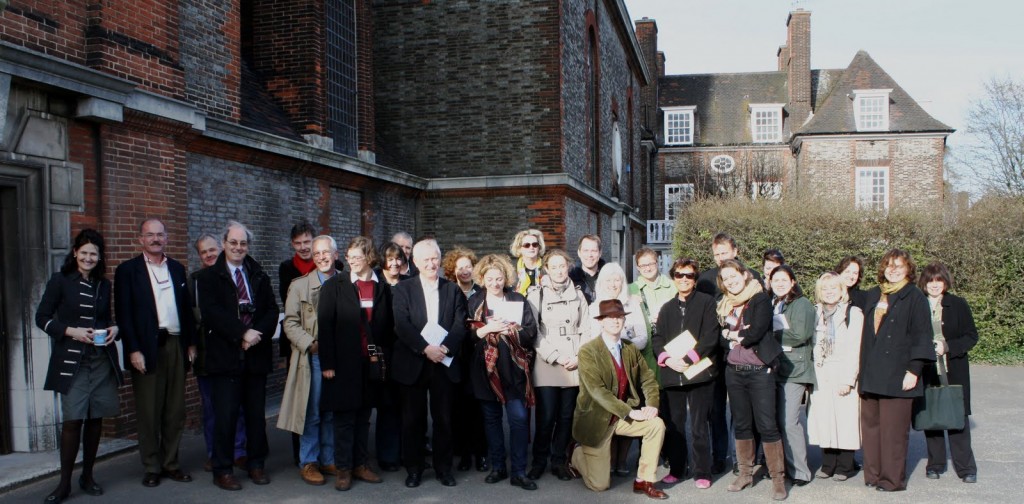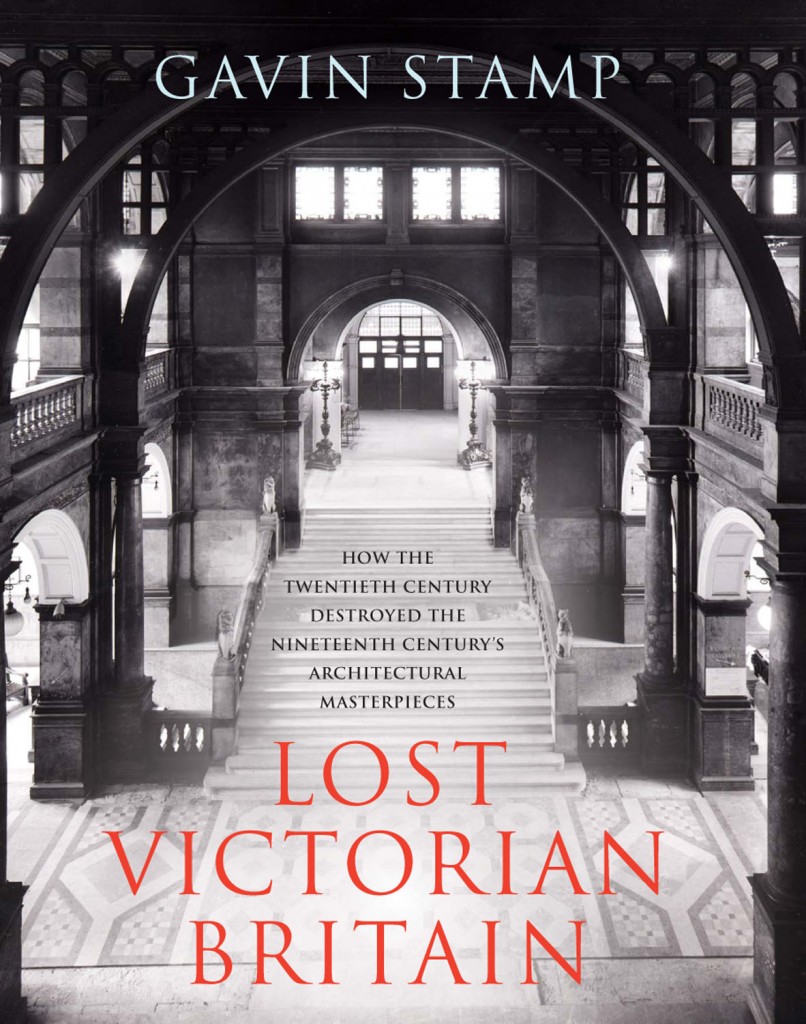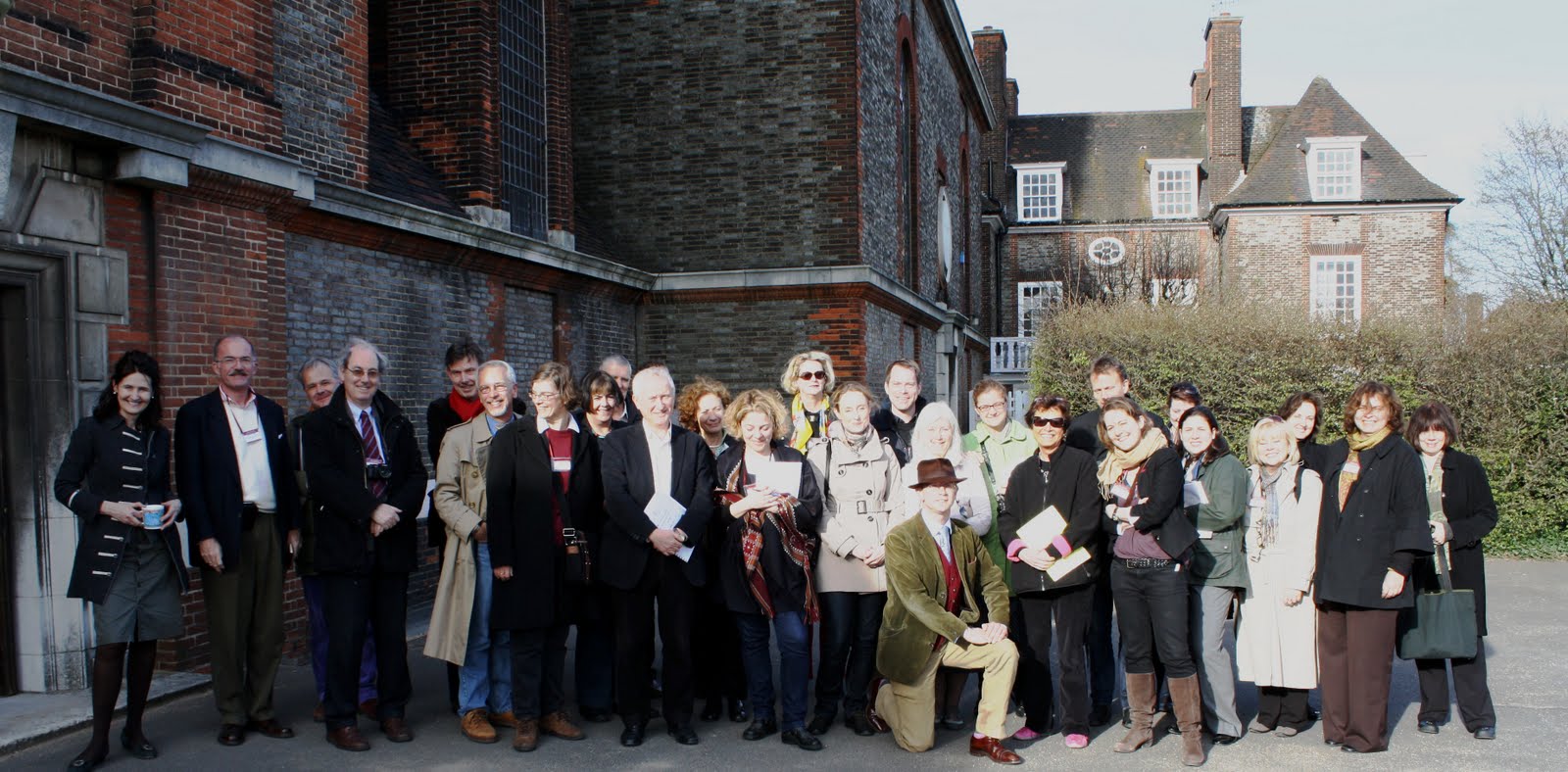We don’t really have an equivalent of Gavin Stamp in New Zealand, at least not as far as architecture goes. Gavin Stamp is a chap from Scotland / England / Britain that writes, and thinks, very well about architecture: we could do well with someone like him here.

He came to my attention first when we were both in the UK, where he was a key member of The Georgian Group, and later the 20th Century Society. This was in the 1970s / 1980s – a time when it was distinctly uncool to think of heritage in buildings. Interestingly, he got accused of being a “young fogey” rather than the normal variety of old ones – preternaturally mature perhaps, which seemed to go well with his slightly foppish garb of tweed jacket and twill corduroy trousers. Stamp’s ongoing legacy however is a series of well-researched and beautifully written books and reports – as well as TV appearances and an ongoing teaching career at a variety of prestigious universities. He writes for Private Eye magazine under the pseudonym of Piloti – its a great tradition to write under a pseudonym that I’m happy to continue with, although I freely acknowledge that I have a long way to go before my writing is as good or prolific as his! Stamp’s closest rival in NZ might be Douglas Lloyd Jenkins perhaps, or even Alf Rune, for that rare combination of architectural sensitivity and sartorial fogeyism

He has published quite a lot really, on topics connected with heritage architecture, and I’m reading his latest book at the moment. He’s a world expert on many of these buildings and architects – here’s his list of books he’s penned:
* Britain’s Lost Cities (2007).
* The Memorial to the Missing of the Somme (2006).
* An Architect of Promise: George Gilbert Scott, Jr. (2002).
* Edwin Lutyens: Country Houses (2001).
* Personal and Professional Recollections of George Gilbert Scott (1995).
* Alexander “Greek” Thomson (1999).
* “Greek” Thomson: Neo-Classical Architectural Theory, Buildings and Interiors (1993).
* Telephone Boxes (1989).
* The Changing Metropolis: Earliest Photographs of London 1839–1879 (1984).
* Victorian Buildings of London, 1837-1887: An Illustrated Guide (1980).
* The Great Perspectivists (1982).
* The English House, 1860–1914: the flowering of English domestic architecture (1986).
* Temples of Power: Architecture of Electricity in London (1979).
* Britain in the Thirties (1979).
Britain’s Lost Cities is a real eye opener for me – I know there has been a lot of change in the UK over the last 100 years, but the book shows the sheer range of architecture that has been removed. The relevance of all this is that the book shows the vanished architecture of Britain – some of which disappeared with Hitler’s blitzkreig, but most of which was destroyed voluntarily by the Town Planners and City Engineer’s over the last 50 years.
It is that part for me that is really interesting – especially in the light of Christchurch’s recent reduction in the number of heritage buildings, and Wellington’s likely reduction if we don’t sort our EQPB out soon. Heavens to Betsy, even Hastings announced today that they have an EarthQuake Prone Buildings list of 1400 buildings – which seems unlikely given that they only have one shopping street about a mile long.

That’s the situation that we face in our cities soon: what some perceive of as just “old dungas”, others acknowledge that they are something special that can never, ever be replaced. The politically palatable viewpoint is that no building is worth the life of a human being – but we’ve come a long way from the days when we used to brick up a cat or even a small child in the foundations of a building. No one wants to lose their life to a building, especially one as poorly designed as the CTV building, which claimed the vast majority of Christchurch’s fatalities. But no one wants to lose their buildings to a mis-guided traffic planner either. And that is where the vast majority of Britain’s buildings have gone to – under the vast crusher wheels of earth moving machinery that reshape our cities, to save another few seconds of commuting time. And doesn’t this approach work well…
More on this later! I’m off for dinner….





i want to headbutt him
I’ve got 5 bucks here says Steve’s Glaswegian
Headbutt who? Gavin Stamp or Maximus?
Pevsner, in his day, was a huge advocate of heritage retention. Heritage England owes an enormous amount to the groundwork that he put in place. He also had a hand-in retention of our own Old St Paul’s – one of the initial beginnings of the heritage movement here – simply by praising the quality of the building on a visit to NZ in the early 60s(?)…
There is something about heritage and fogies/historians – protecting their ‘hobby’ perhaps. It does get all a bit bourgeois at times…
“The politically palatable viewpoint” – how about the humanistic/sensitive viewpoint…? The viewpoint of (most of) those on the ground, etc. Not sure what politics has to do with that particular notion, other than helping to protect the obviously desirable?
Preservation only makes sense in terms of what is useful to the greater good of whatever socioeconomic class the writer/preservationist belongs to.
Past that it is mere dandyism.
The masses care not for beauty, whether capitalist or communist. Stalin’s Metro was as much a failure as Tatlin’s unbuilt monument. The crowds ice-skating in front of Rockefeller Center or strolling before the courts of the Louvre are there to enjoy animal, material things, not prop up the message implicit in the architecture.